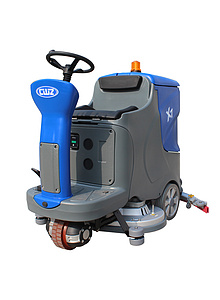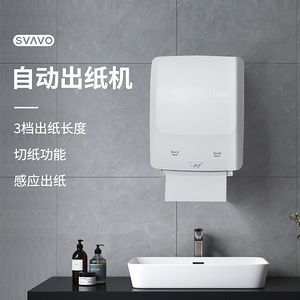A new flicker of concern fuels the TLA topic
I’d be comfortable saying lighting flicker is an irritating phenomenon that has been experienced by 99.999% of the population with access to electric lighting. We’re not talking about the comfortable, meditative flicker of a candle flame; this is intermittent flashing or strobing — sometimes imperceptible to the naked eye. However, the brain still receives the signal that the light fluctuates and before long, you’re feeling nauseated or experiencing headaches or eye strain that you can’t quite explain. For some people, the effects are much more intense and may even go so far as to become a trigger for seizures.
One of our most popular articles is a feature by Lutron LED engineering leader Ethan Biery that summarizes the attempts to establish good test and quality control metrics for characterizing events known as “temporal lighting artifacts” — aka flicker. Ethan delivers solid background on types of flicker and the conditions that create the TLA. Although this article was published two years ago, it continues to attract site visitors, so we know that flicker is an issue that still resonates with people.
Still, we want to keep you informed about other resources through PennWell’s LED & Lighting Network as well — which may help us to develop new content that updates you on product engineering topics like this. There is an excellent series on the Lux partner website called “Two-minute explainers,” which recently drilled down a more recently identified kind of random flicker, and you should check it out. Applications editor and independent lighting consultant John Bullock guides us through a brief explanation on how newer integrated circuit (IC) designs may experience a perfect storm of conditions that delivers flicker that is extremely difficult to test for. We’ll certainly keep an eye on this topic.
">Recommended Products
Warehouse Used Multifunctional Automatic Electric Floor Scrubber (X7)
Inquiry Nantong Weizhuo Enviromental Protection Equipment Co., Ltd
HT-IN101C Electric pneumatic drive drving dust push cart
Inquiry Guangzhou Haotian Cleaning Equipment Technology Co., Ltd.
HT-900R Haotian Electric Hot Blower
Inquiry Guangzhou Haotian Cleaning Equipment Technology Co., Ltd.
SVAVO Auto Cut Paper Towel Dispenser PL-151064
Inquiry SHENZHEN SVAVO INTELLIGENT TECHNOLOGY CO.,LTD
B-040C 24L Single Mop Wringer Trolley
Inquiry Guangzhou Haotian Cleaning Equipment Technology Co., Ltd.
B-040 36L Single Mop Wringer Trolley
Inquiry Guangzhou Haotian Cleaning Equipment Technology Co., Ltd.
B-044 30L Single Mop Wringer Trolley
Inquiry Guangzhou Haotian Cleaning Equipment Technology Co., Ltd.
HT-002T HaoTian 17"175 MULTIFUCTION FLOOR CLEANING MACHINE WITH S.S. HANDLE
Inquiry Guangzhou Haotian Cleaning Equipment Technology Co., Ltd.





















